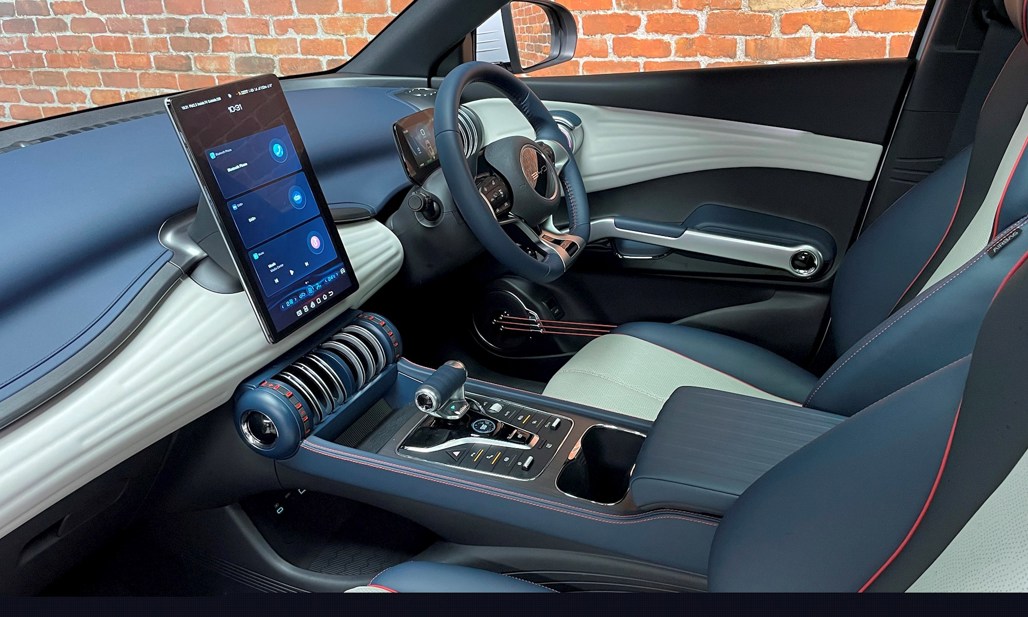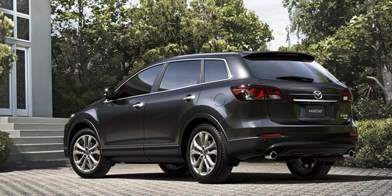Battery Electric Vehicles (BEVs) are a hot topic. And the hot topics around BEVs are range anxiety and charge anxiety: how far you can drive before the battery is depleted, and how long it’s going to take to charge it up again once that happens.
There are still plenty of BEV sceptics out there. In our experience, the most common challenge to the viability of the technology is: show me a BEV that can go from Auckland to Wellington without stress, and I’ll be interested. It’s amazing how many people need to drive down the North Island as quickly as possible.
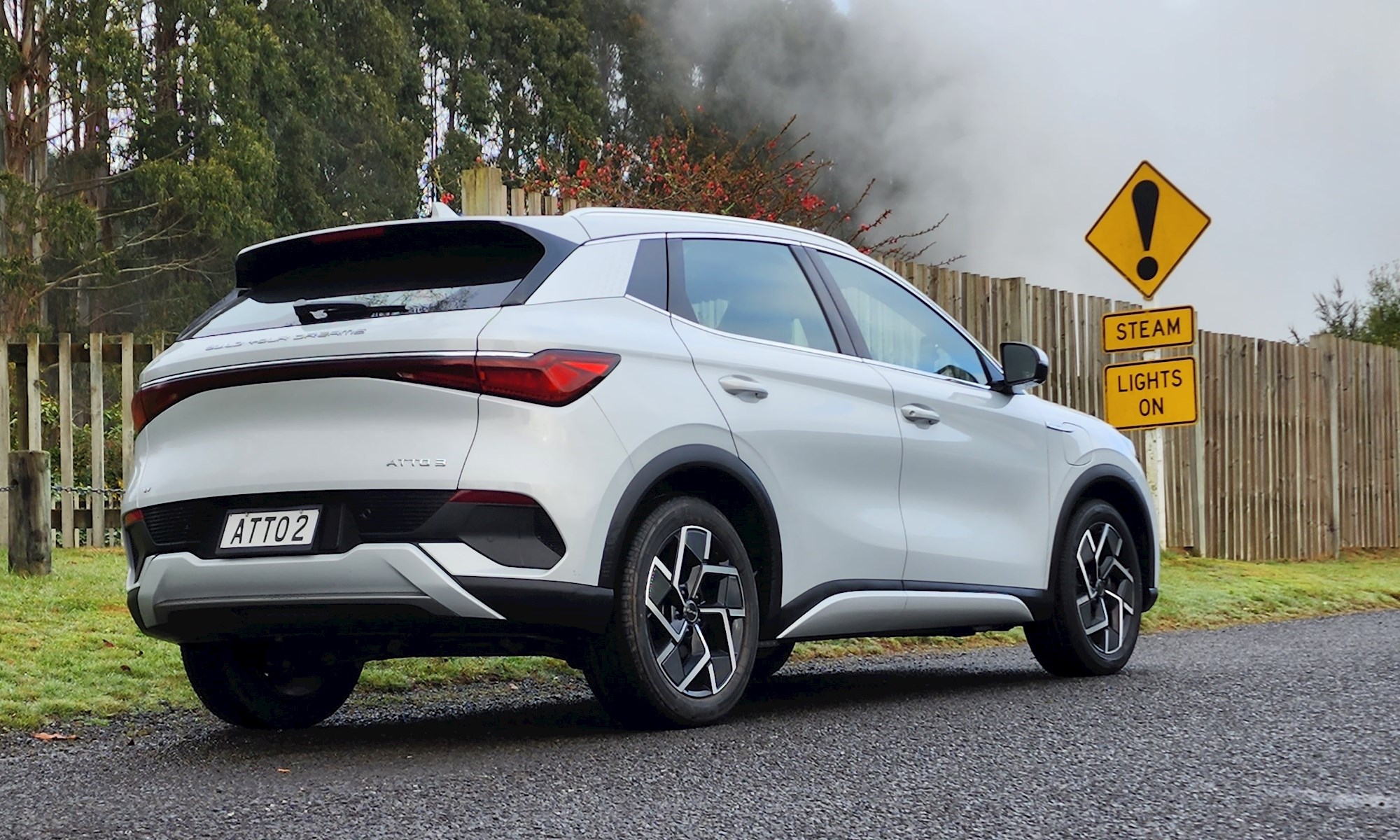
Anyway, we thought: let’s do that, with an open mind, in an appropriate BEV. Set out on a 650km day trip (it turned out to be much more) and see what happens.
Enter the BYD Atto 3. It’s a good choice for a number of reasons. For a start, it represents a tipping point where a BEV is basically the same price as a petrol/diesel vehicle: it’s $57,990 and fully loaded, so that less the Clean Car Discount of $8625 means a high-specification, medium-sized SUV-BEV for $49,365.
The Atto 3 is also middle of the pack in terms of battery size: 60kWh, with a range of 420km. That’s a lot longer than urban BEVs like the Mazda MX-30 or Mini Electric (both 200km-ish), but the BYD doesn’t quite have the long legs of a high-spec Hyundai Ionic 5 or Tesla Model Y, both of which will do 500km-plus.
Ditto for the BYD’s charge rate, which tops out at a maximum 80kW; not super-fast, but fast enough to take advantage of some of the Hyper Charger DC stations that are popping up along high traffic routes.
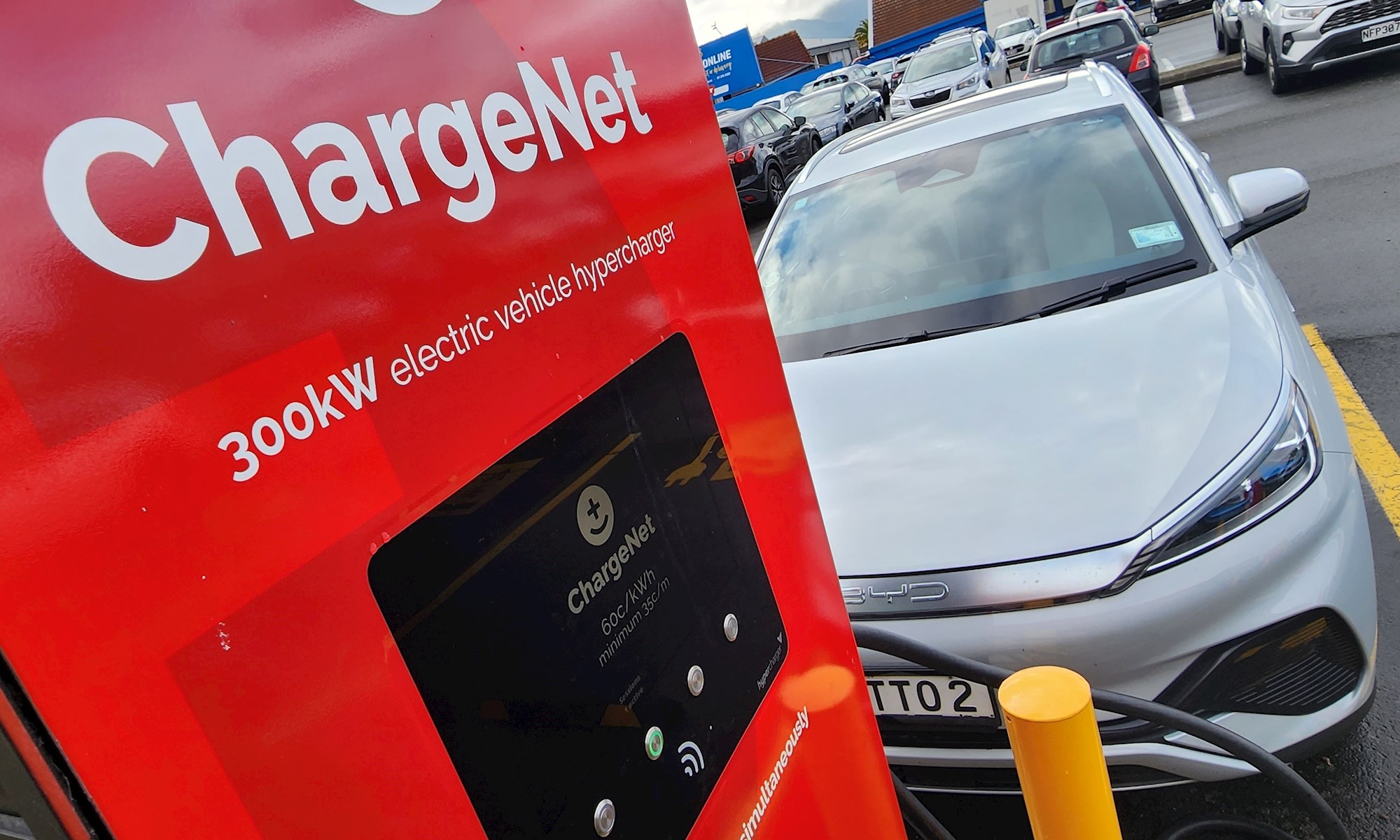
All in all, we reckon this is a pretty fair test of both the BYD and BEV technology/infrastructure generally.
So here’s how we did it: straight down State Highway 1, starting in Auckland with a 100 per cent charge. We stopped in Taupo at the 300kW Hyper Charger after 282km, and again in Taihape at a 50kW station after 421km. Then through to Wellington, to a 50kW ChargeNet station in Grey Street, right in the CBD.
Total time spent waiting for the car to charge on the journey was 67 minutes, which was not really “waiting time” because we used it as coffee/food/leg-stretch break time. That’s the way you do it with BEVs.
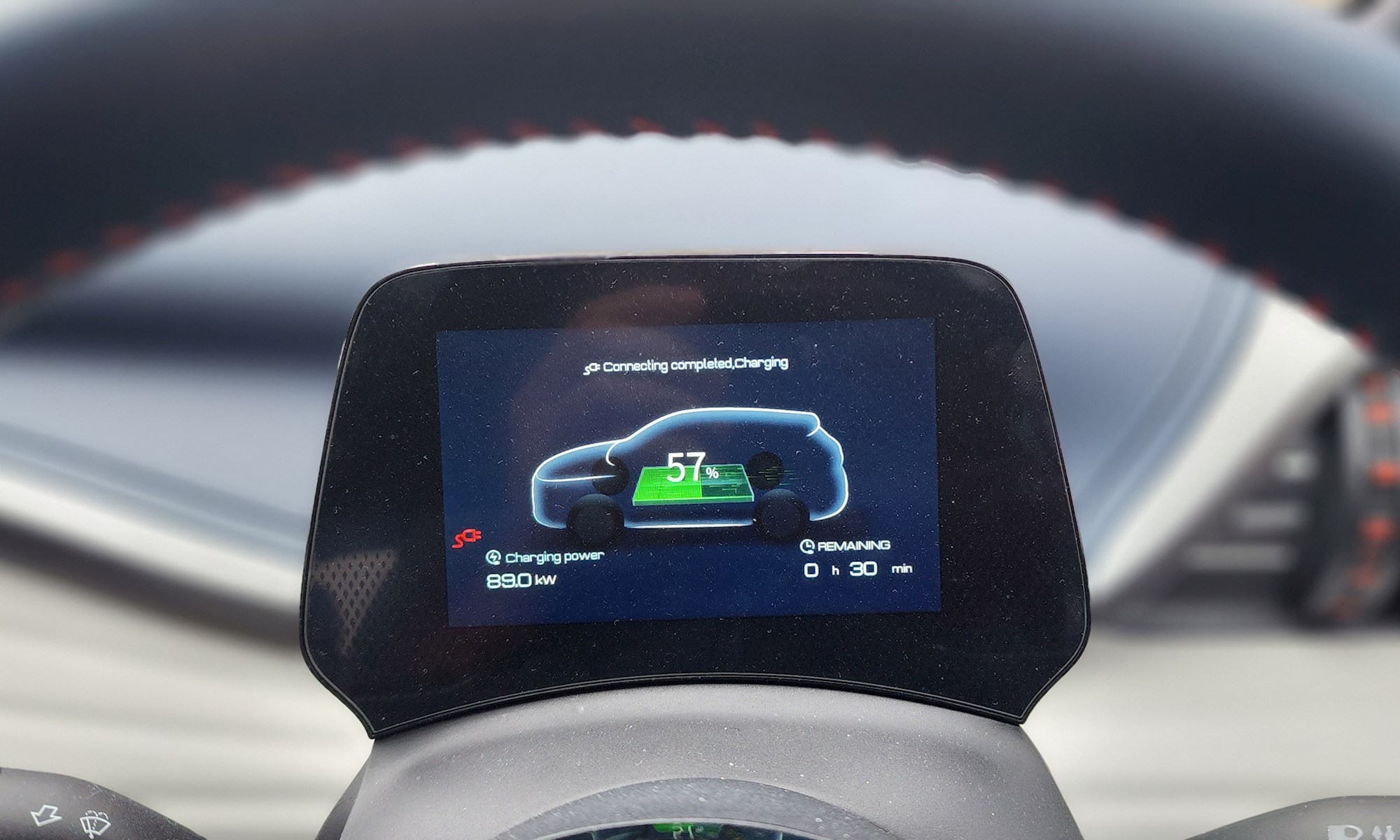
The other thing you do with BEVs is charge in smaller amounts and a little more often, rather than powering right up to 100 per cent and then driving until the battery is drained. Both our charges were to 80 per cent, which is pretty much the optimum for a BEV, because after that the charge rate tends to slow dramatically and it’s not worth the waiting time (or cost, because you pay not only for the power from the DC station, but also per-minute for parking).
Having said that, the BYD’s Blade battery management system seems to keep the charge rate high, even near full capacity. During our extended time with the Atto 3, it’s been hitting 90kW on a Hyper Charger regularly (yes, 10kW over its theoretical maximum) and even on a 50kW station, it’s often still drawing power at 35-40kW when it’s over 85 per cent full.
The other thing to think about is that you shouldn’t be limping up to a charge station at five per cent battery, because you have to allow for the possibility that it’s not working. It’s good to have 80km or so in reserve (there are DC stations at least every 75km on NZ public highways now) to get you to the next one, just in case.
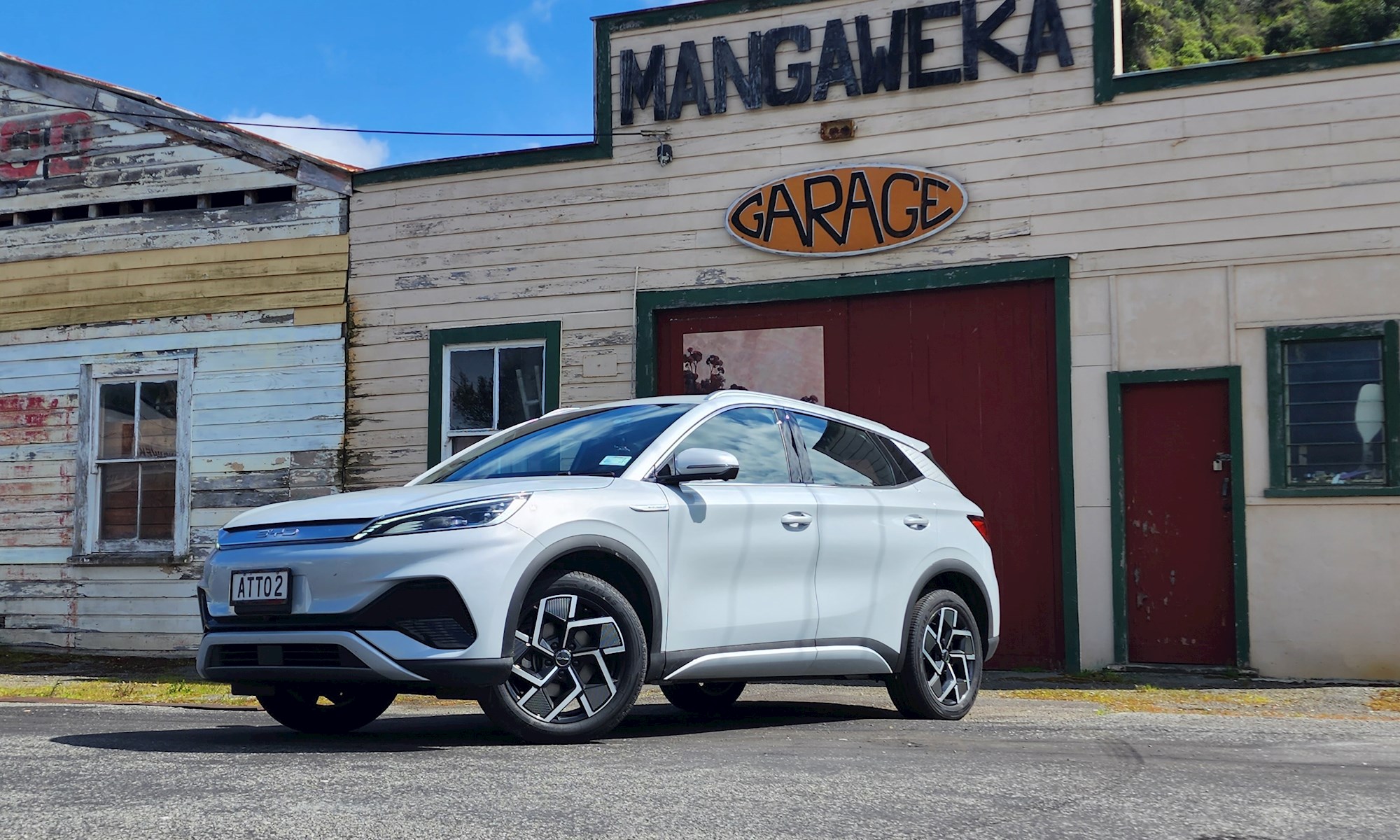
Cost? Using public paid DC stations is much more expensive than charging at home (it’s only about $13 to fill the Atto 3 on a domestic socket), but it’s also the only way to go on a road trip. ChargeNet’s Hyper Chargers are also more expensive than the standard 50kW stations (60c per kWh versus 25c), but time is money, right?
We spent $76.85 on the trip, including a “fill” to 100 per cent in Wellington. To put it into context, a turbo-petrol SUV of similar size and power to the Atto 3 would have cost over $160 for the same trip. And assuming you’d take two or three 20-minute breaks, not done it any more quickly.
It might be from a brand you’ve ever heard of and suspiciously inexpensive for a BEV of this size and specification, but the Atto 3 is a polished product. The powertrain is smooth and with 150kW, plenty powerful enough for overtaking on challenging Kiwi roads. Even the chassis seems well-sorted: the ride is supple and yet also well-controlled. It leans over in the initial cornering phase, but then settles nicely and soaks up the bumps as you drive through.
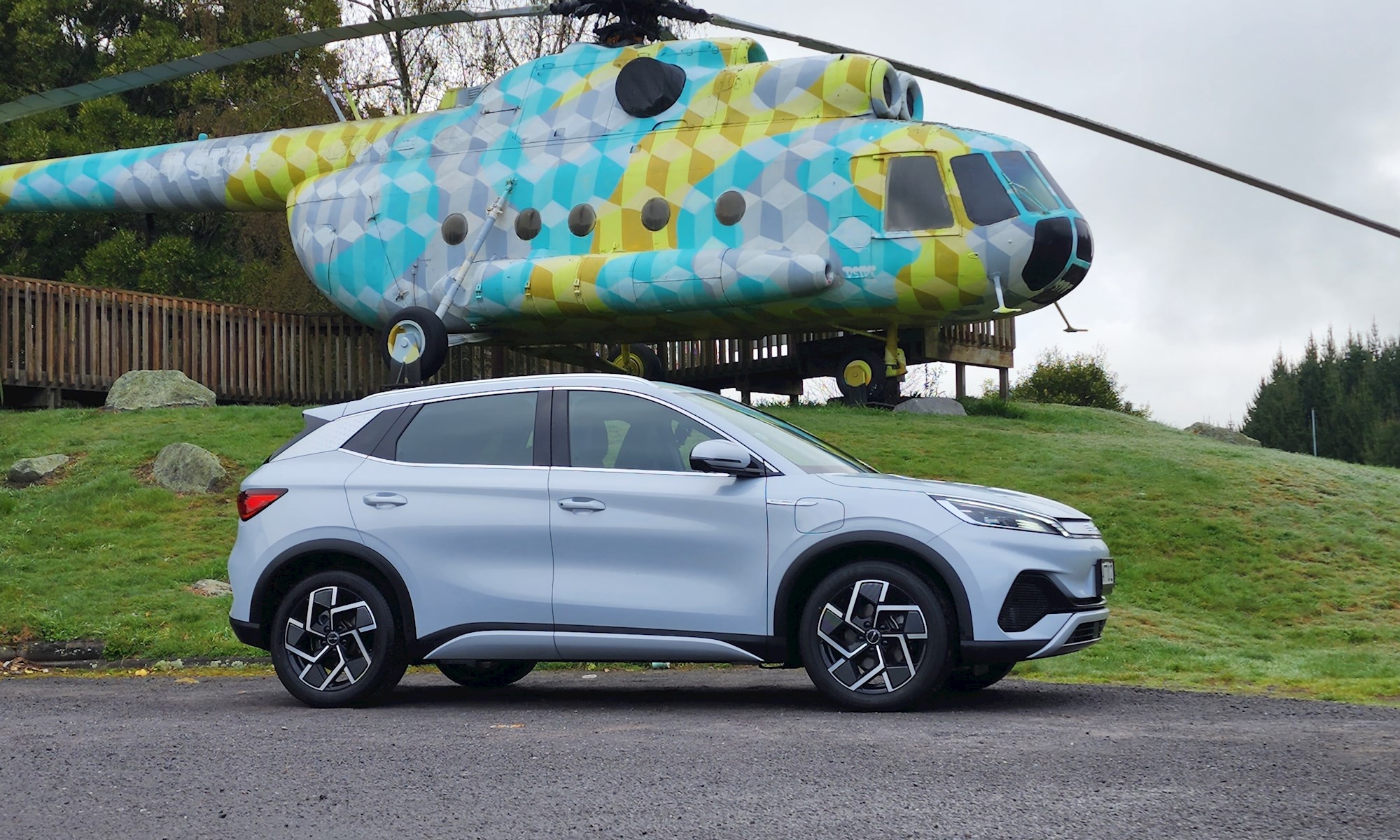
You wouldn’t call it sporty, but there’s no denying the Atto 3 can be a swift and stable machine over tricky A to B roads. Just watch those eco-tyres on wet surfaces.
The cabin is a bit wacky for some tastes, which we’ve talked about before. Some of the infotainment OS is a bit fussy and the Atto 3 badly needs Apple CarPlay/Android Auto to simplify things and provide sat-nav, which is coming via an over the air (OTA) update later in the year.
Ditto for the driver assists, which are comprehensive but occasionally annoying, especially on the motorway: there’s flashing, beeping and sometimes even a battle for control of the steering wheel. But the good thing about OTA updates is that BYD will likely adjust this stuff in time too, as it gets feedback on country-specific driving conditions. At least that’s the way it’s worked with other brands, using similar technology.
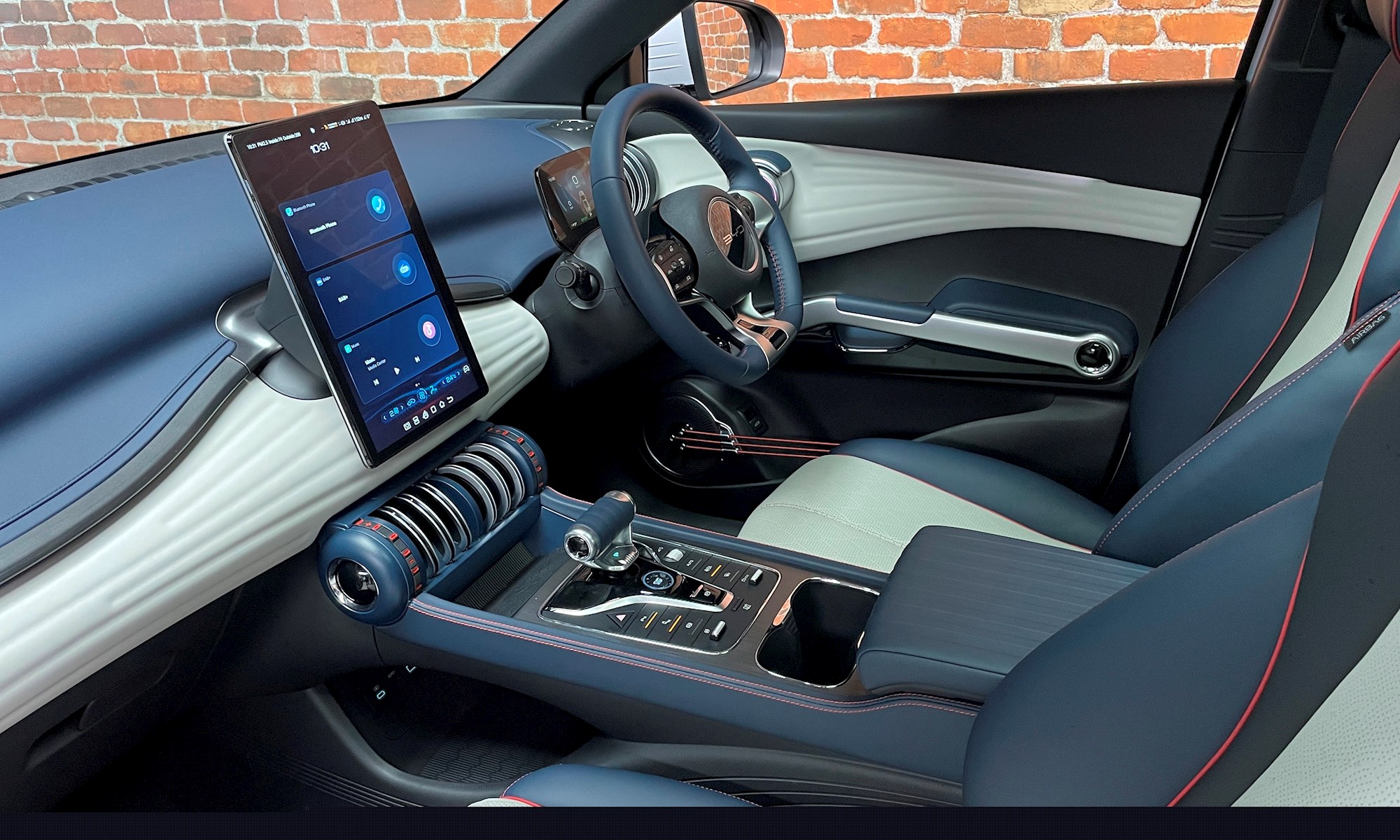
If you can cope with the gym-themed cabin, the overall impression is one of high quality and some quite clever details, like the circular door pulls and a touch screen that powers around by 90 degrees to be landscape or portrait. Even the seats delivered on long-distance comfort.
The Atto 3 punches well above its price range for ability, quality and battery technology. It will be seen as an idiosyncratic choice by some, but we reckon it’s simply a smart one.
There’s an interesting little coda to this story. With the main journey complete, after a bit of unrelated running around in Wellington, my plan was to head to Hawkes Bay to stay the night (hence the “1000km day”).
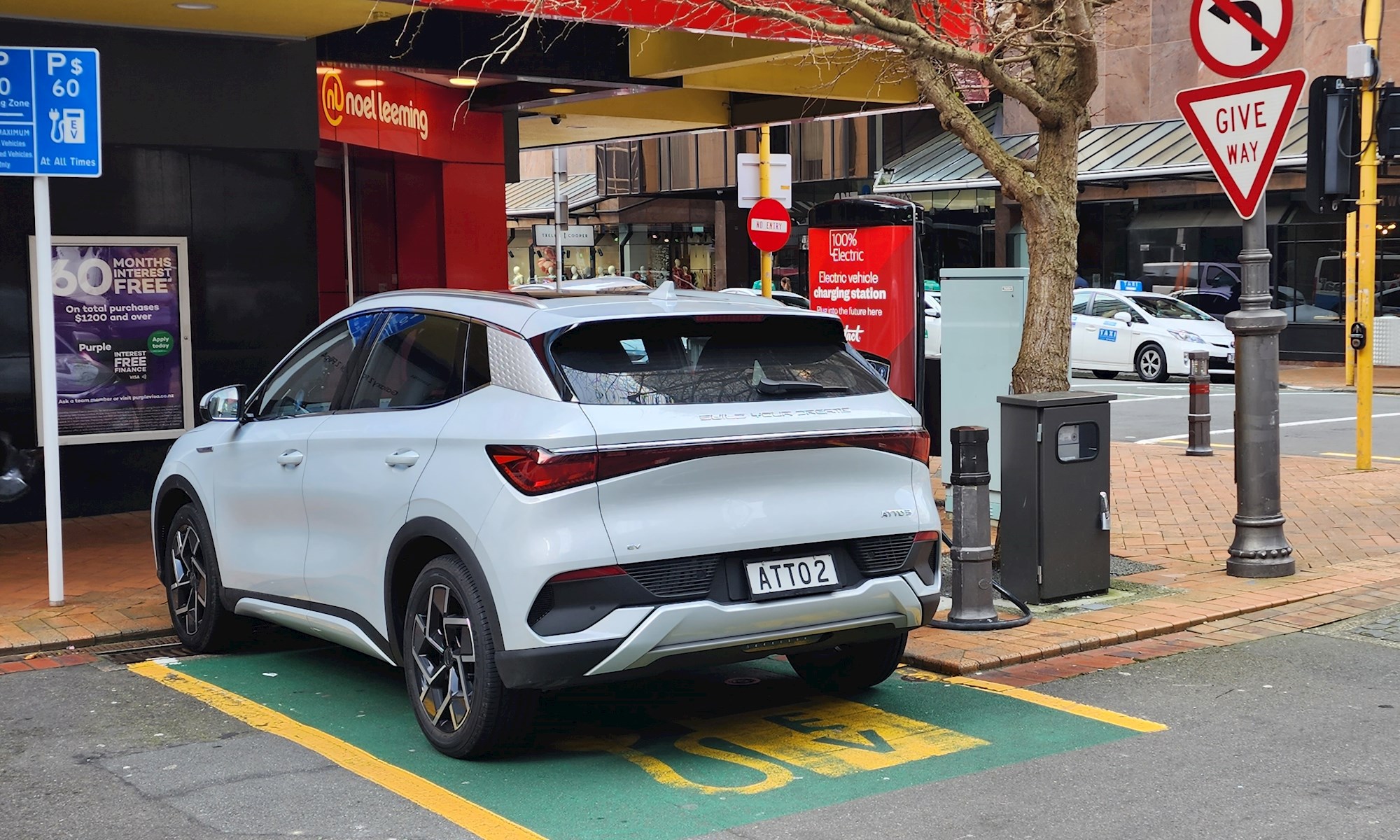
I set out with what looked like sufficient range for the trip (around 100km in reserve, even), but after an, ahem, very spirited drive over some very challenging terrain including the Pahiatua Track, I found myself potentially about 50km short. Enough to panic slightly when it was 9pm, on a route that’s not over-served with charging stations.
With help from the ChargeNet app and Google Maps, I navigated to Waipukurau, to a 50kW unit nestled behind the Civic Theatre. So it just goes to show that even when you don’t plan things as well as you should, the infrastructure is there.
It’s also a reminder that just like a petrol or diesel car, if you drive a BEV really hard the consumption rises dramatically. Consider this semi-predicament a compliment to the Atto 3’s character.
BYD ATTO 3
ENGINE: 60kWh battery with single electric motor
POWER: 150kW/310Nm
GEARBOX: Single-speed automatic, FWD
0-100KM/H: 7.3 seconds
CONSUMPTION: 16kWh/100km, range 420km (WLTP)
PRICE: $57,990 (less $8625 Clean Car Discount)



